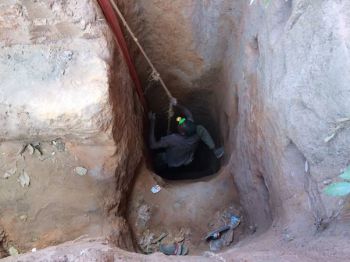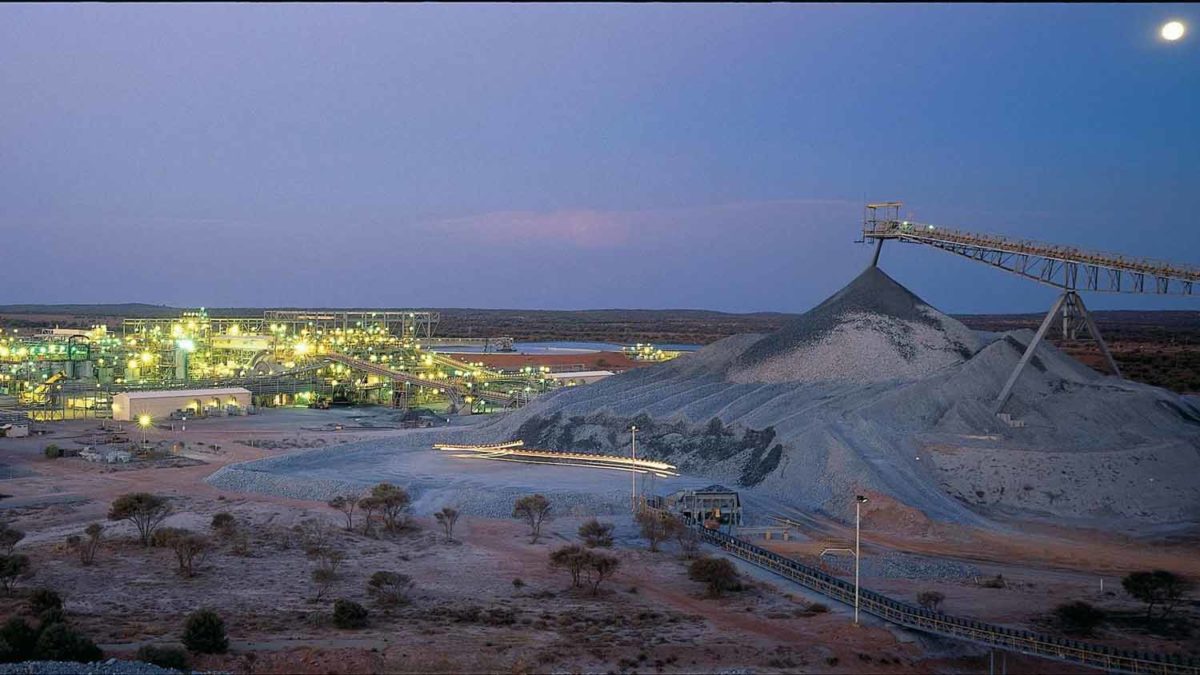Researchers at the University of Sussex in the United Kingdom published a paper in Science warning that the global low-carbon revolution could be at risk unless sustainable supplies of rare minerals and metals are attained.
“Mining, metals, and materials extraction is the hidden foundation of the low-carbon transition,” said Benjamin K. Sovacool, Professor of Energy Policy at the University of Sussex. “But it is far too dirty, dangerous, and damaging to continue on its current trajectory.”
The study made a point of considering the issues involved in terrestrial extraction and metal processing, such as environmental impacts, dwindling reserves and mining conditions and human rights violations in countries such as the Democratic Republic of the Congo, which has a monopoly on some of these materials. But it also forwarded new international agreements and governance mechanisms, specifically involving the important prospects of cobalt and nickel reserves on continental shelf and outer continental shelf regions.
Within such international waters, the Clarion-Clipperton Zone of the Pacific for instance, there are vast stores of metallic nodules as well as cobalt and tellurium crusts. International agreements and governance mechanisms could help provide access to some of these enormously rich deposits, which could fuel the transition to green-technologies and a low-carbon future.
Australia
Cobalt, Lithium Titanium, rare earths, these are just some of the minerals and metals upon which green-technologies rely, and upon which Australia has abundant reserves. According to the Minerals Council of Australia (MCA), the nation is in the top three (if not the top) producer of minerals sands (including titanium), lithium, cobalt, and rare earths, not to mention our enormous nickel exports.
BHP, the world’s biggest miner, famously did a U-turn last year on its plans to sell Western Australian nickel assets when it decided to keep the assets and actually reinvested in them as the core of its business. This marked a key shift in BHP’s vision of the future, a move away from thermal coal and toward materials key to the electrification of the transport sector, nickel being a key ingredient in batteries.
Of course, there are bumps in the road. An oversupply of electric vehicles (EVs) to China last year came back to bite Australian lithium miners who had to suffer a steep decline in lithium prices. However, short-term trends pale in comparison to the overarching global transition to EVs, a transition which Australia can drive forward as the world’s largest producer of what is called ‘white gold’. Lithium is a key ingredient in rechargeable batteries, from the batteries in our mobile phones to those in EVs and up to large-scale renewable energy storage.
“Australia is well-positioned to capitalise on the significant opportunities presented by the lithium-ion battery era,” said an Austrade report. “Australia has the world’s third-largest reserves of lithium and is the largest producer of hard-rock lithium spodumene.”
Importantly, Australia’s long history of mining provides enormous supply-chain advantages of rail and port infrastructure, meaning Australia is better equipped than almost anywhere to produce and export green-tech minerals and metals.
Cobalt, another key ingredient in the lithium-ion batteries that will store the clean energy in a low-carbon future, is dominantly supplied to the world by the Democratic Republic of Congo (DRC), a country whose cobalt mining has been widely reported for its child-labour and human rights violations. Companies such as Tesla and Sonnen have even responded to such criticism by leading an industry-wide initiative to push cobalt-free lithium-ion batteries for home storage systems.

Image: University of Sussex
However, considering Australia has the second-largest cobalt reserves after DRC, the country has another great opportunity to meet the world’s demand.
Despite Australia’s obvious place at the global table of the transition to green-tech due to its almost unique combination of necessary reserves and political stability and supply-chain advantages, researchers at the University of Sussex failed to mention Australia’s hand.
All the while, the facts of the study are in, before 2050, global EV stock needs to jump from 1.2 million light-duty passenger cars to 965 million passenger cars; battery storage capacity needs to increase from 0.5 GWh to 12,380 Gwh; the amount of installed solar PV capacity must rise from 223 GW to more than 7100 GW; and another study predicted that demand will increase for “materials for EV batteries by 87,000%, 1000% for wind power, and 3000% for solar cells and photovoltaics by 2060.”
For Australia, what all these numbers add up to is simple – boom.
This content is protected by copyright and may not be reused. If you want to cooperate with us and would like to reuse some of our content, please contact: editors@pv-magazine.com.









1 comment
By submitting this form you agree to pv magazine using your data for the purposes of publishing your comment.
Your personal data will only be disclosed or otherwise transmitted to third parties for the purposes of spam filtering or if this is necessary for technical maintenance of the website. Any other transfer to third parties will not take place unless this is justified on the basis of applicable data protection regulations or if pv magazine is legally obliged to do so.
You may revoke this consent at any time with effect for the future, in which case your personal data will be deleted immediately. Otherwise, your data will be deleted if pv magazine has processed your request or the purpose of data storage is fulfilled.
Further information on data privacy can be found in our Data Protection Policy.